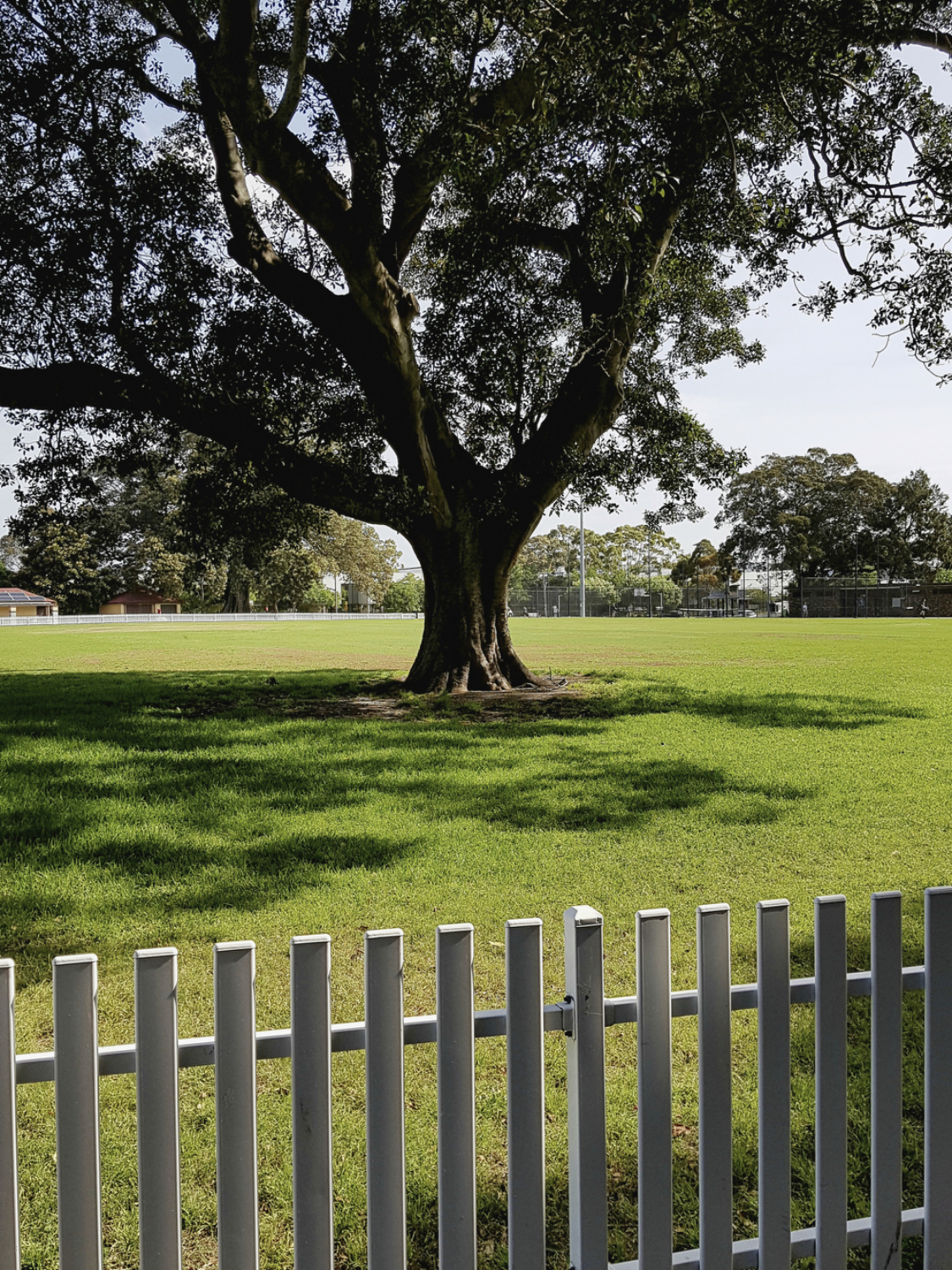
Undoubtedly, trees can add great beauty to your home and yard. They create shade, offer privacy and bring in wildlife. However, there may come a time when they need to be removed.
Although it may be challenging to say goodbye to a favorite tree, it is essential to consider the benefits of hiring a professional tree service to remove it from your front yard.
It’s Impacting Your Property Value
Trees add a lot to a yard, including beauty, color, shade, and scale. They also promote soil health by improving aeration, water retention, and nutrient levels.
In addition, they provide a habitat for birds and wildlife. They can shelter animals from predators and provide food for them. Trees can even save you money year-round by reducing cooling and heating costs thanks to the insulating properties they provide.
A healthy, thriving tree can increase the value of your property. A dead or dying tree, however, will only decrease it. That’s why it’s essential to consider the pros and cons of having a front yard tree removed by tree service. If you decide to remove it is the best option, contact a professional tree removal company for quotes.
It’s a Safety Hazard
Trees are a beautiful part of any landscape, adding “an extra dimension to our homes, and [they] mark the passing of time.” But even healthy trees need to be removed occasionally. A tree should be removed to prevent injuries or property damage if it becomes too dangerous.
Diseases and severe insect infestations also warrant removal because they can put other plants and your home at risk. If a tree is severely damaged or weakened, it can snap in a windstorm. This could lead to it falling on your house and causing significant damage that could be expensive to repair.
A tree service professional can inspect your trees to determine if they are at risk and need removal. The right professionals will use specialized equipment to remove the tree without damaging surrounding vegetation or structures like fences and patios.
It’s Dead
When a tree dies, it can fall and cause significant property damage or even harm people. There are many signs that a tree is dying, including large sections of bark peeling (although some kinds of trees, like crepe myrtle, naturally shed bark). You may also see rot or other signs of decay around the trunk. And, if construction is on your property, it could mean the roots have been damaged or uprooted.
It’s essential to have a professional assess the health of your trees. A dead tree that’s just starting to lose its balance may not be a problem, but if it starts leaning dramatically, you may need to have it removed before it falls. A falling overstory tree can obliterate whatever it hits, so you want to be safe rather than sorry.
It’s Impacting Your Aesthetics
Trees add beauty to a home landscape, invite songbirds in the summer and show off colorful foliage in the fall. They can also improve the value of your property and increase your curb appeal.
When a storm has damaged a tree, is dying, or requires disease control, or if it is an invasive species, it may need to be removed. Invasive trees often out-compete and harm native species, making them a problem for local ecosystems.
Stumpy tree stumps can create tripping hazards for you, your family, or your neighbors and need to be ground out so grass, flowers, or shrubs can grow around them. If you leave food or other items outside, your yard may attract ants and other pests. Late winter or early spring is usually the best time to have this service performed.
It’s Touching Power Lines
Trees can bring a sense of majesty and beauty to your property while providing several other benefits. They can help reduce utility bills, block noise and provide privacy. They can also add curb appeal and increase your home value.
But the property owner’s responsibility for trimming trees away from overhead power lines. This includes the line connecting your home to the utility pole and communication lines such as those providing phone or cable service.
Always look up before extending ladders or long-handled pruning tools, and never touch or climb near power lines. Electricity arcing to nearby branches can cause fires and even shock or kill people.
